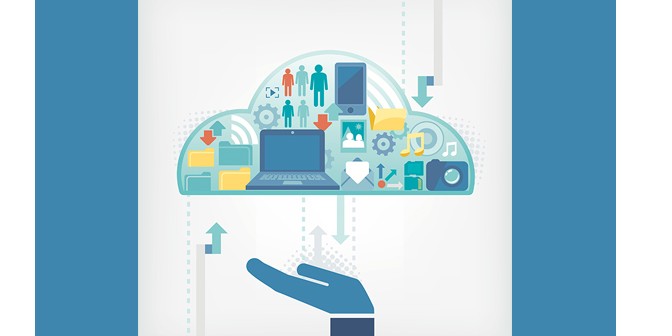Increase your profits further by powering up your SalesForce system with cloud ERP solutions. Learn how here!
So you’ve got SalesForce in place to record all customer data and interaction. Now you have access toall sorts of insights and information, like which customers are happy with your product; the clients with whom you haven’t been able to contact for a while; and the massive emails lists of potential clients you can market to. The profitability increase you can get from implementing a CRM like SalesForce definitely makes the cost worth it. But what if you can increase profits even more? Consider implementing cloud ERP solutions to work alongside your CRM to power up your profit potential.
What is an ERP?
A CRM is used mostly for sales and customer interaction,while an ERP Is useful in streamlining the processes of your business. An ERP is where data from various levels of the company are shared in real time. Problems that occur in one area of the company will alert the appropriate people so it can immediately be acted upon. For example, if there were to be a shortage of important items in the warehouse, the appropriate department like logistics or procurement would immediately know about it and order more of these items from suppliers. An ERP benefits businesses by offering cheaper overhead, allowing money to be saved in nearly every nook and cranny of an operation.
Let’s dig in further on how to superpower a SalesForce CRM with anERP solutions provider.
1.) Integrate Customer Accounts and Contact Information
Data from SalesForce and a cloud ERP solutions provider like Kenandy can be shared seamlessly, keeping each other up to date with any changes. When purchases are made and invoices are created from an ERP, the same information can be delivered to your CRM, allowing your marketing and sales people to see the purchase histories of customers and make the appropriate actions like upselling into upgraded subscription accounts or offering discounted prices for bulk purchases.
2.) Immediate and Up-to-date Price Changes
ERPs are also an excellent way to keep product pricing up to date. Human error may cause pricing mistakes that could affect marketing efforts in SalesForce but with an ERP in place, any pricing change will immediately be reflected on your CRM. This helps keep everyone from all departments aware of current pricing and avoid any miscommunication with clients and potential customers.
3.) Better Tracking of Inventory
Knowing what products are available is important to salespeople. One of the worst things that can happen to a sales professional is to spend a substantial amount of time convincing a potential customer to purchase a product, only to find out that there is none left and no guarantee when stocks will be replenished. Fortunately, an effective ERP will keep you up-to-date with such information. Once sales professionals know what’s in stock, they can make the appropriate offers to potential customers and give an accurate timeline on the delivery of the goods.
While SalesForce and ERPs are two different systems, there are plenty of opportunities to have the two working together to improve business solutions and profit potentials. With Kenandy and other cloud-based ERP providers, it’s definitely an easy investment to make.





